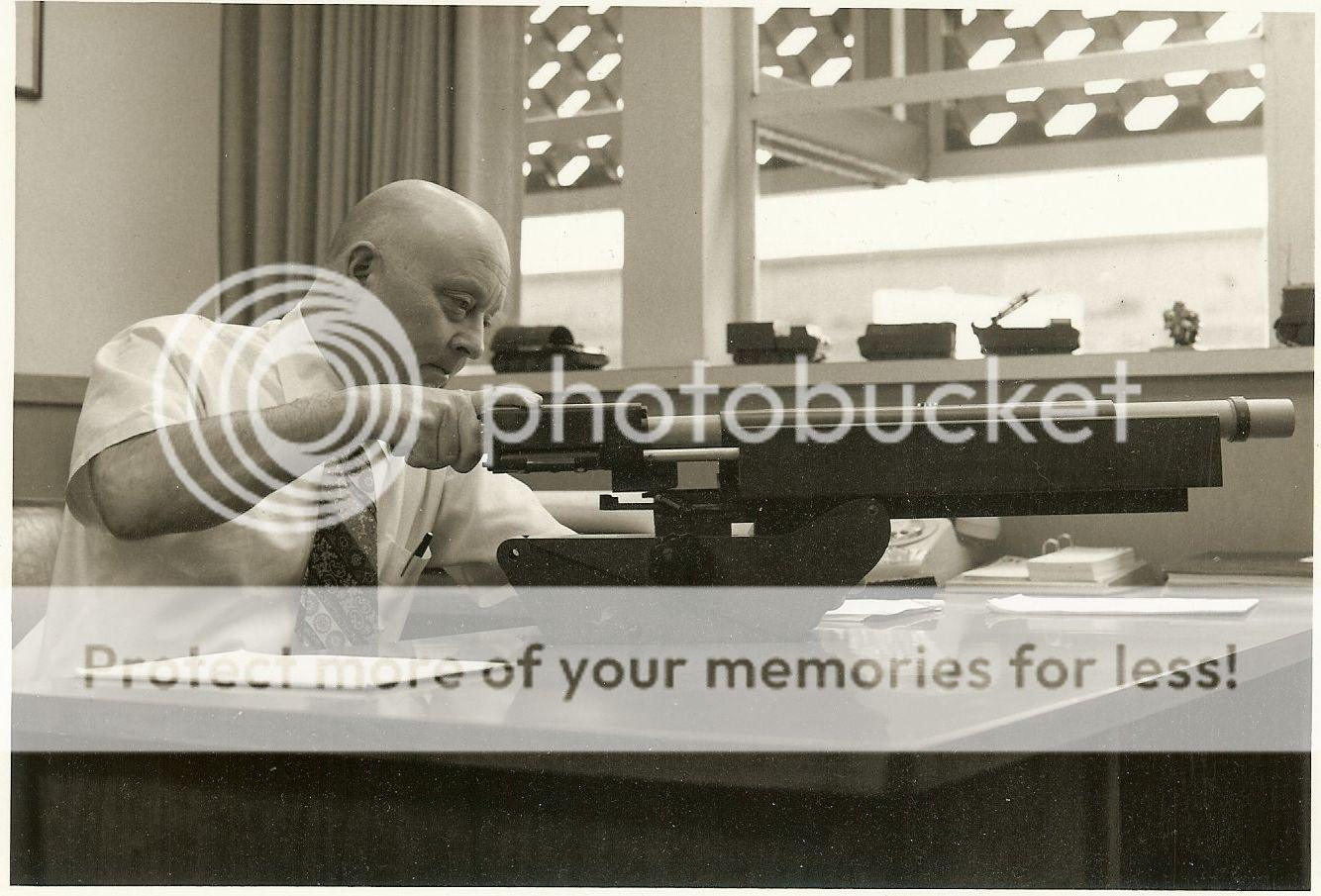J E Custom
Well-Known Member
In an earlier post I stated I had repaired barrels that had shot the brake off for one reason or the other. (That is one of the reasons).
Just because "some" others have not had a problem doesn't mean I want to do it.
Muzzle brakes are a relatively new addition to rifles (I personally did not like or use them until
a few years ago when I realized the advantages they offered) Most rifles over 10 to 15 years old
do not have provisions for threading the barrels because they were not designed to attach anything to the muzzle, so barrel wall design thickness was based on finished barrel thickness.
A site sponsor that is one of the best gunsmiths, mentioned to me that he remembers while going to Gunsmith school he was told 'when drilling and taping site base holes in barrels never to go deeper than necessary and to leave .150 thousandths of barrel from the bore to the bottom of the drilled hole.
I looked in some of my gun Smithing books and they recommended the same thing.
I worry about the do it your self people that do not know there are minimums and could get into trouble. The gun smiths should take care of things like this (That's why you hire them).
As we are more and more into tactical firearms you will notice that none of the .308s have 1/2x28
threads (Most are 5/8x24) the , .223s still use the 1/2x28 because they can.
J E CUSTOM
Just because "some" others have not had a problem doesn't mean I want to do it.
Muzzle brakes are a relatively new addition to rifles (I personally did not like or use them until
a few years ago when I realized the advantages they offered) Most rifles over 10 to 15 years old
do not have provisions for threading the barrels because they were not designed to attach anything to the muzzle, so barrel wall design thickness was based on finished barrel thickness.
A site sponsor that is one of the best gunsmiths, mentioned to me that he remembers while going to Gunsmith school he was told 'when drilling and taping site base holes in barrels never to go deeper than necessary and to leave .150 thousandths of barrel from the bore to the bottom of the drilled hole.
I looked in some of my gun Smithing books and they recommended the same thing.
I worry about the do it your self people that do not know there are minimums and could get into trouble. The gun smiths should take care of things like this (That's why you hire them).
As we are more and more into tactical firearms you will notice that none of the .308s have 1/2x28
threads (Most are 5/8x24) the , .223s still use the 1/2x28 because they can.
J E CUSTOM


